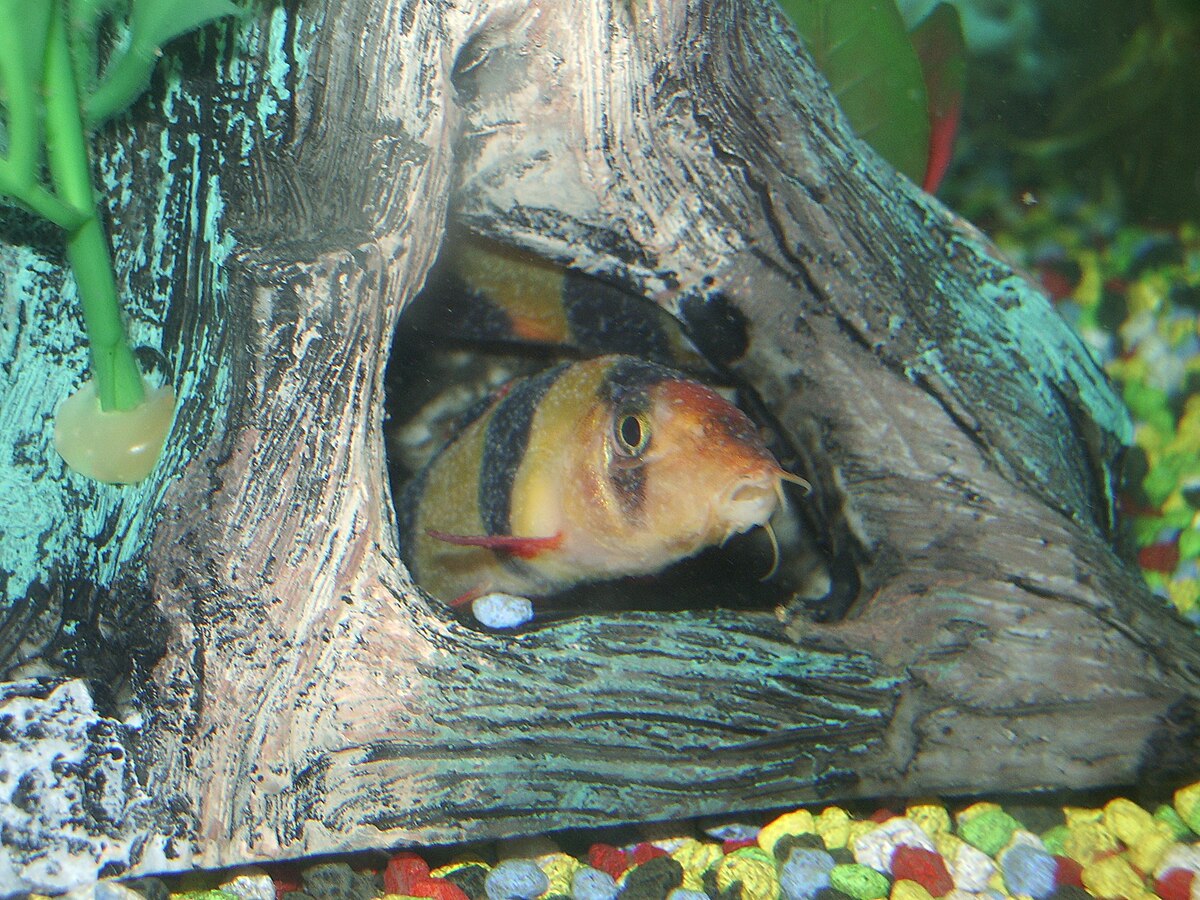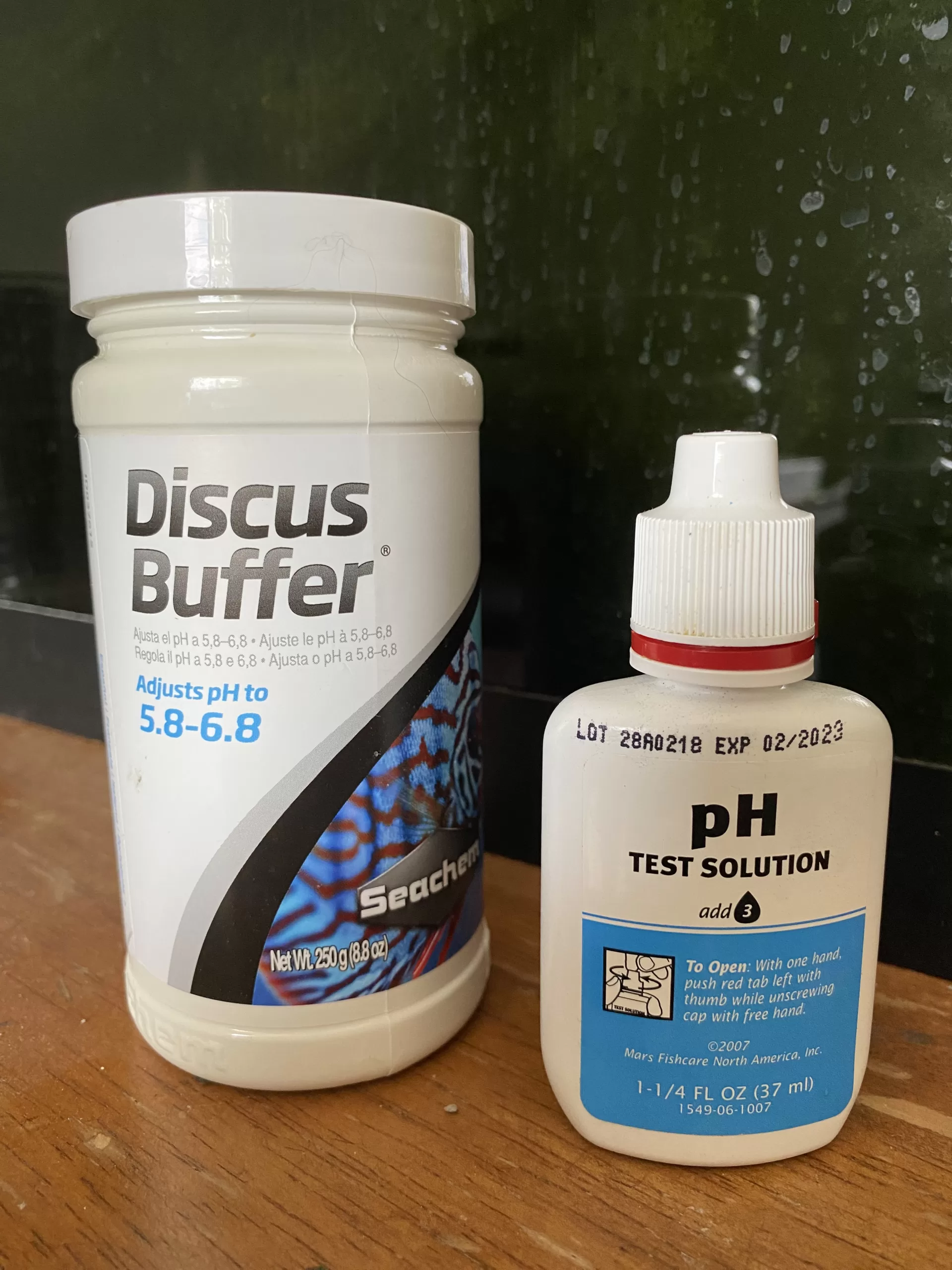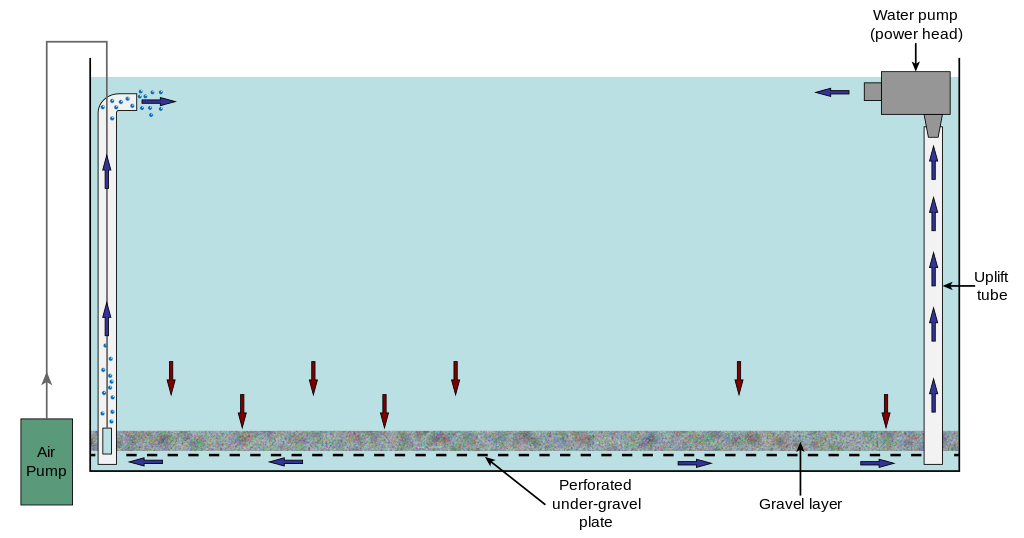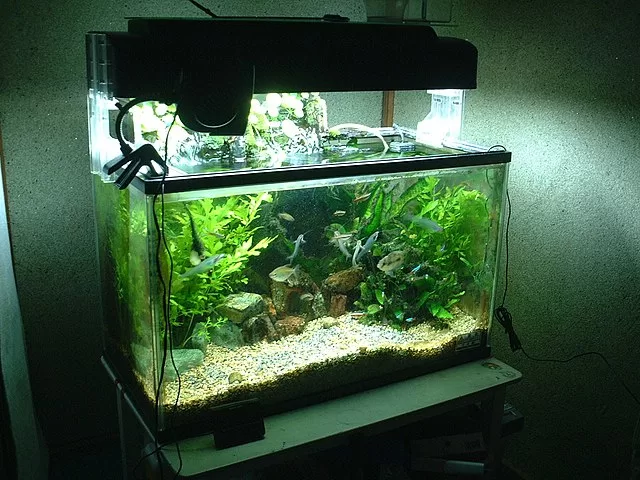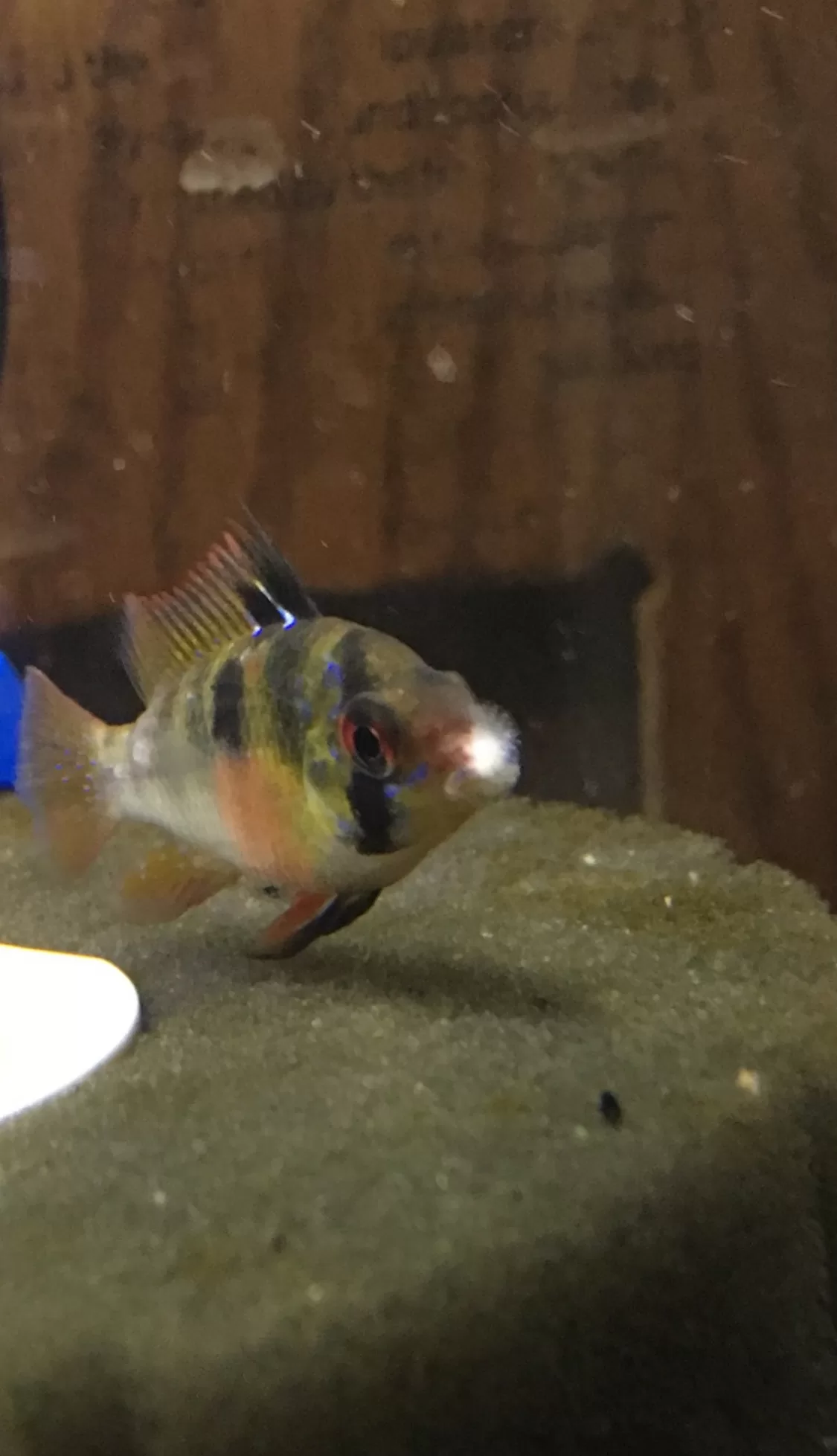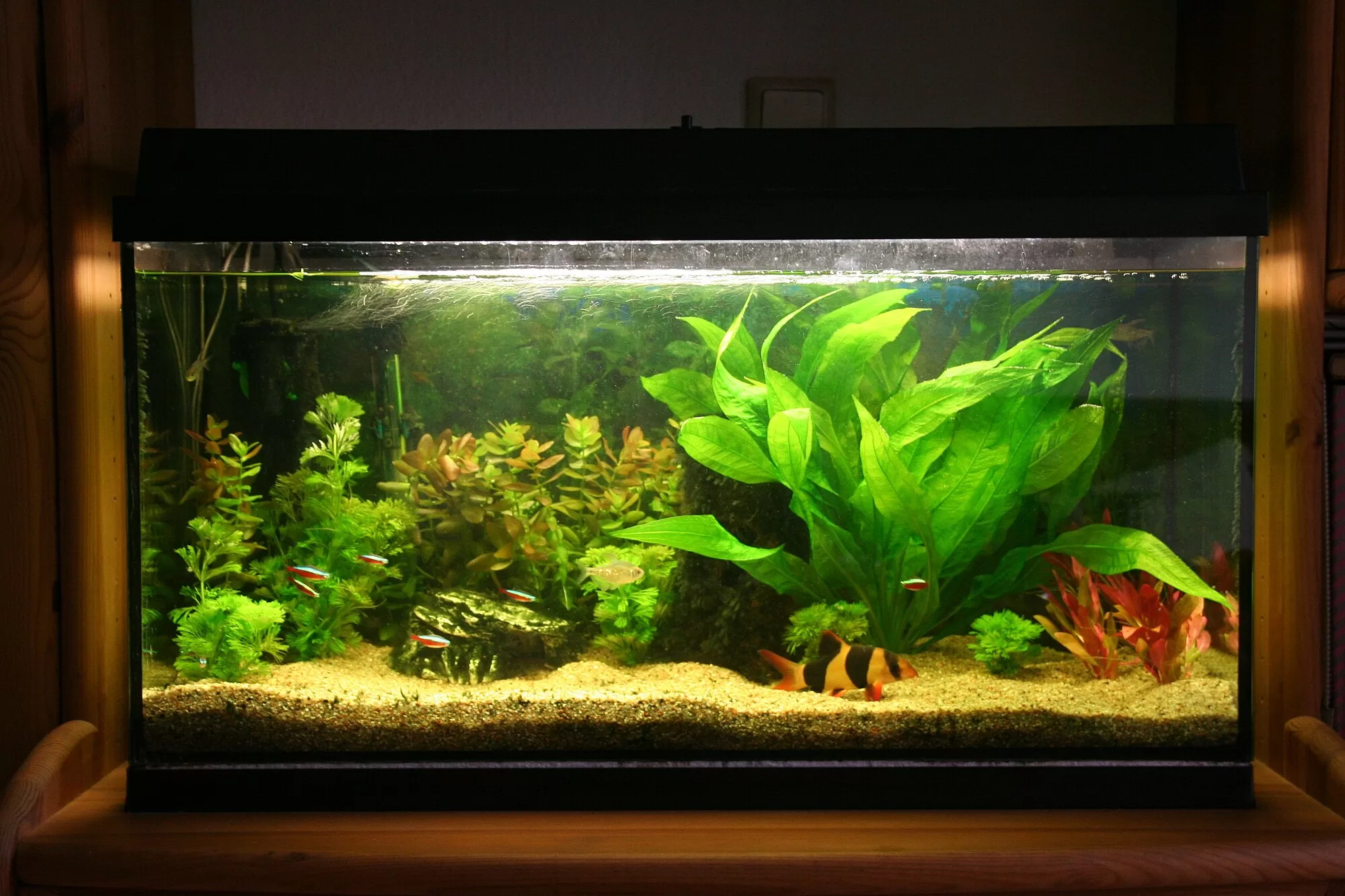Ich, also called Ick or white spot disease, is an extremely common parasite that affects aquarium fish. It’s caused by the parasite Ichthyophthirius multifiliis, and it can be identified by its appearance of salt-like spots on the fish’s body and fins.
While it doesn’t kill fish fast, it eventually will if it’s left untreated. Therefore it’s important to understand how Ich enters and spreads into your aquarium, and how to treat it.
How Ick Gets Into Your Aquarium
Ich can be introduced into your aquarium in a few different ways. Through new fish, plants, and even from the water new plants and fish come in. This is why it’s absolutely crucial to quarantine new fish!
Don’t look at this as optional, quarantining new additional is a must if you want to prevent a disease such as Ich.
How Ick Spreads
There are several life stages of Ick, and the stage that is responsible for the transmission is the free-swimming stage, called tomites. These free swimmers search for a new host and when they find a new host, they attach to them and the infection starts as they begin to reproduce.
Symptoms and Appearance of Ich
Fish that are infected with Ich will be covered in white spots mostly on their fins and their bodies, but not their eyes. The lack of spots on the eyes is one way to differentiate Ich from Epistylis. These white salt-like granules will make the fish appear as if it has been sprinkled in salt. The white spots are similar in size and do not protrude much from the skin.
Other common symptoms of ick include physical and behavioral symptoms. This includes scratching against objects in the aquarium, being lethargic, having clamped fins, and lack of appetite. However, these symptoms can be caused by many different things, so it’s best to base the diagnosis off of the white spots and use the others as secondary symptoms.
Treatment Options for Ick
As we have discussed in other articles about Ich and disease, my go-to treatment for basically all occasions against Ich is Hikari Ich-X. This medication is formulated with Formaldehyde, Methanol, and Malachite Green. It’s not only highly effective, but it’s also safe for plants and invertebrates.
Another common treatment that many people use is a combination of salt and heat. Personally, aside from salt and heat being the cheaper option, I don’t usually recommend this treatment over Ich-x. Salt and heat are a little more subjective and a bit of a guessing game. It also takes longer to treat the fish because of trial and error. So while this is a commonly recommended treatment, especially within Facebook groups and forums, I would highly suggest going straight to Ich-x and skip the guessing.
If you insist on using salt and heat, turn up your aquarium temperature to 82 and follow these instructions. Start with a salt dose of 1 tablespoon per 3 gallons. Wait and see if the ich responds to the treatment. If it doesn’t and you don’t see any improvement after 4 days or it worsens, move to a dose of 1 tablespoon per 2 gallons. Repeat the same process. If there is still no response, go to 1 tablespoon per gallon.
Preventing Ick in Your Aquarium
It is absolutely imperative that you always quarantine new fish, and also only buy fish and live plants from reputable sources. A good fish store will not have visibly sick fish up for sale, But that doesn’t always mean there can’t be sick fish without symptoms you can see. if you’re constantly seeing sick fish from the store you go to then it’s probably a good idea to find a better one.
Other than this, it’s important to keep stress at a minimum, maintain optimal water conditions, and have a stable environment.

